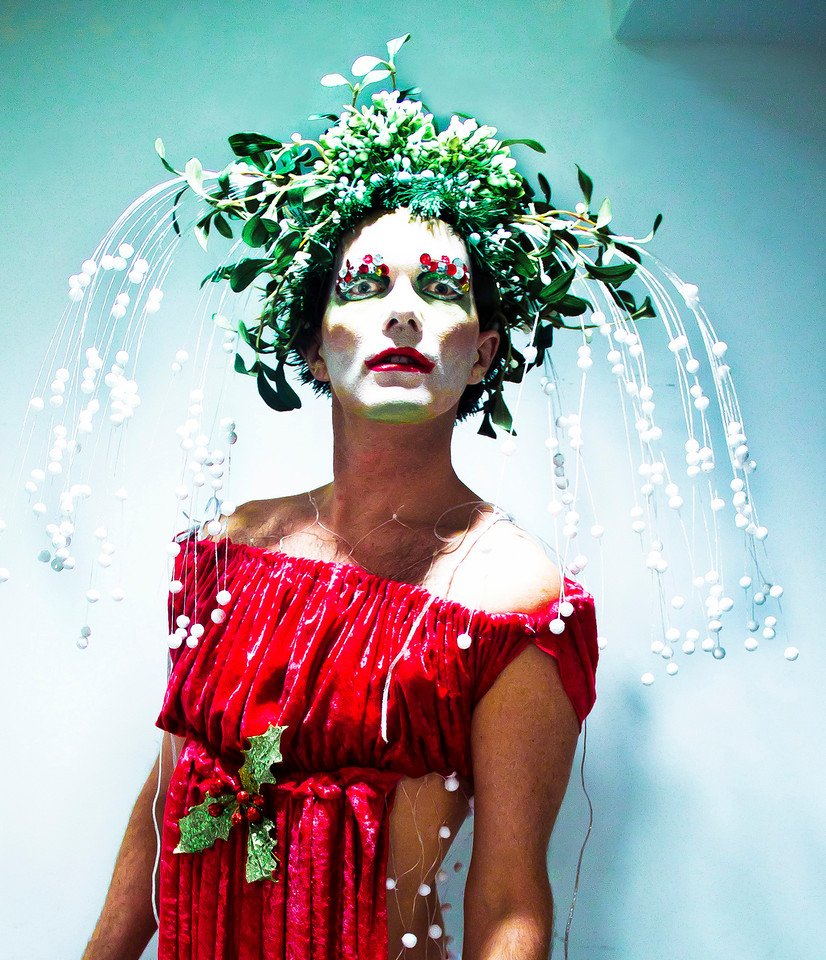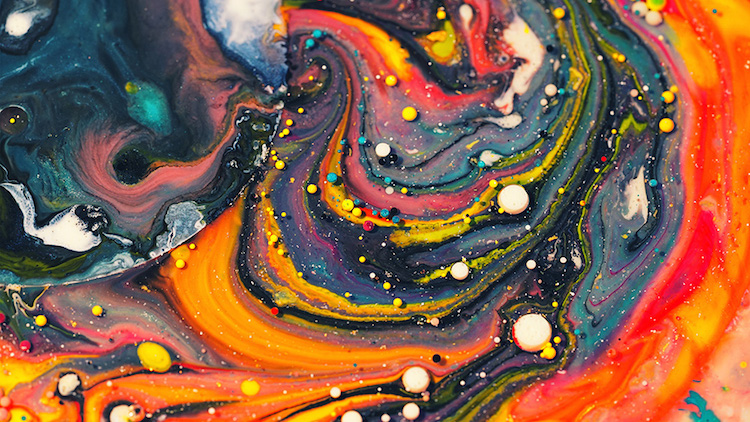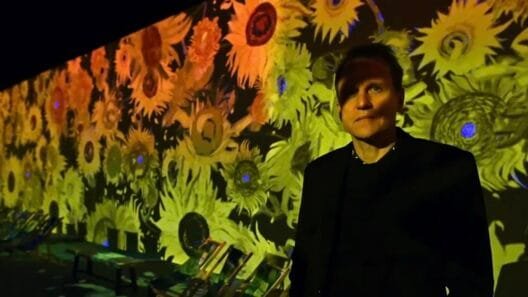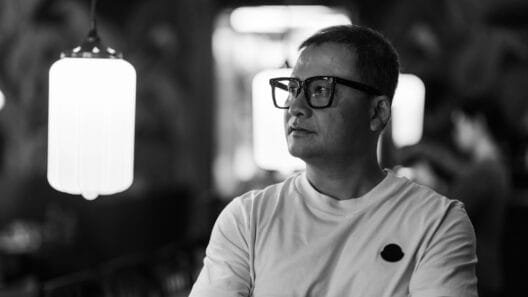
Kintsugi is the Japanese art of giving new life to broken objects (mostly pottery). When a vase falls on the ground and crashes into pieces, the shards get put back together and “glued” with lacquer mixed with gold or silver, either liquid or in powder.
The idea behind it is that the gold patterns swirling across the (once) broken object will show the history of that object: instead of trying to conceal the cracks and its “unfortunate” history, the golden veins proudly show their past breakage and their new life – besides looking amazing.
The concept is fascinating enough on its own, but hang on — there is more.
Also the artist Charlotte Bailey, who is based in Brighton, was fascinated by Kintsugi. And like a proper artist, she decided to give her own personal twist to the art.
As she says on her Facebook page, the Kintsugi way of beautifying a “breakage” “is a rather beautiful ethos that seems so at odds with our modern Western ‘throwaway culture’, that seldom values the craft inherent in an object, or the significant and valuable social and cultural role of the piece.”
This is the reason why she decided to embark in the creation of a Kintsugi vase – but just a bit different.
Instead of gluing the shards together, she wrapped the shards in beautiful fabric that from a distance resembled porcelain, and then stitched them back together with golden embroidery.
Far-away cultures and different arts can always be re-interpreted and adopted by anyone in the world, and a broken object can have new life and be even more beautiful with its own “scars” (especially when they are golden!): this UK Kintsugi is a tangible proof of both.






